In today’s rapidly evolving business landscape, the traditional B2B and B2C models are no longer sufficient to meet the needs of the market. As a result, a new business model has emerged – the S2B2C model, which stands for Supplier-to-Business-to-Consumer. This innovative approach combines the best of both worlds, allowing companies to tap into new revenue streams and create a seamless customer experience.
So, what exactly is the S2B2C model? In simple terms, it involves a supplier partnering with a business, which then sells the supplier’s products or services directly to consumers. This eliminates the need for intermediaries and streamlines the supply chain, resulting in cost savings and increased efficiency.
While the S2B2C model has gained significant traction in the e-commerce sector, its potential extends far beyond online retail. Many companies in various industries have successfully adopted this model to drive growth and enhance their customer reach.
Over the past few years, we had help traditional brick and mortar business to adopt this concept successfully in growing the business swiftly, profitability and sustainably. Now lets have a quick glance on how these industries had adopted this applications.
1. Automotive Industry
One industry that has embraced the S2B2C model is the automotive industry. Traditionally, car manufacturers would sell their vehicles to dealerships, who would then sell them to consumers. However, companies like Tesla have disrupted this traditional model by selling directly to consumers, bypassing the dealership network. This not only allows them to have better control over the customer experience but also enables them to gather valuable data and insights.
2. Food and Beverage
In the food and beverage sector, the S2B2C model has opened up new opportunities for both suppliers and businesses. Food delivery platforms like Uber Eats, Meituan, Grab Food, Ele.me and DoorDash act as intermediaries, connecting restaurants with consumers. By leveraging these platforms, restaurants can reach a wider audience and increase their sales, while consumers enjoy the convenience of ordering food from their favorite restaurants with just a few taps on their smartphones.
3. Healthcare
Even in the healthcare sector, the S2B2C model has proven to be effective. Telemedicine platforms like Teladoc, 111, Amwell connect patients directly with healthcare providers, eliminating the need for in-person visits. This not only improves access to healthcare services but also reduces costs and enhances the overall patient experience.
Now, you might be wondering how the S2B2C model can be adopted in the non-e-commerce sector. While it may require some adaptation, the underlying principles remain the same – connecting suppliers with businesses that can directly serve consumers. For example, in the travel industry, a hotel chain could partner with a travel agency to offer exclusive packages directly to consumers. This would not only provide a seamless booking experience but also enable the hotel chain to gather valuable customer data.
In conclusion, the S2B2C model is revolutionizing the way businesses operate and interact with consumers. By eliminating intermediaries and creating direct connections, companies can unlock new revenue streams and enhance the customer experience. While the model has gained significant traction in the e-commerce sector, its potential extends to various industries such as above mentioned. However, with some adaptation, the S2B2C model can also be adopted in the non-e-commerce sector, opening up new opportunities for businesses to thrive. Excited to learn more, check out more details in https://avincci.com/innovative for our real case examples.

